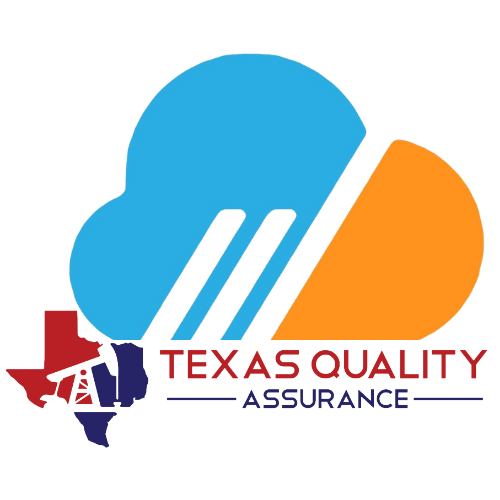In this post “ISO 9001 Clauses Explained” we dive into Context of the Organization.
4.1 Understanding the organization and its context
Context of the organization is one of the newer terms of the ISO 9001:2015 edition of the standard. The concept of context of the organization isn’t at all new. Every good business owner or manager is aware of where their company fits within the supply chain, what the expectations for legal requirements and permitting are, and what challenges their industry faces. These ideas are so “common sense” for lack of a better term, that they are often glossed over. Context of the organization is exactly what it sounds like, put your business into the greater context of the industry, city, state and so forth. Then document those basic details (often in the management system manual).
Understanding the context of the organization is a process. This process determines factors which
ISO 9000:2015 2.2.3 Context of an organization
influence the organization’s purpose, objectives and sustainability. It considers internal factors such as
values, culture, knowledge and performance of the organization. It also considers external factors such
as legal, technological, competitive, market, cultural, social and economic environments.
Examples of the ways in which an organization’s purpose can be expressed include its vision, mission,
policies and objectives.
The context of the organization is quite literally what it sounds like. What is the context in which our organization exists and operates? What are our key internal issues and key external issues that influence the organization? For instance, emergency preparedness (vital to ISO 45001 and ISO 14001) is quite different when you operate in areas prone to hurricanes vs earthquakes or even political instability. If your organization is part of a larger organization such as a franchise or joint venture, these issues will have a key impact on your management system.
4.1 Understanding the organization and its context
ISO 9001:2015 4 Context of the organization
The organization shall determine external and internal issues that are relevant to its purpose
and its strategic direction and that affect its ability to achieve the intended result(s) of its quality
management system.
The organization shall monitor and review information about these external and internal issues.
It is vital for any successful organization to identify where in the supply chain they exist, and what role they play in the industry they operate in. For example, many of our machine shop clients in the Oil & Gas world also provide machining services to Aerospace or Medical devices when the oil market is down. They made a conscious decision to work in those markets because the instability of the Oil & Gas market demands other sources of revenue. Maintaining an organization that can pivot to different industries requires a keen understanding of their context within each of those industries.
Understanding this is vital for any organization to be financially successful. Context of the organization will inevitably have substantial overlap with the identification of internal and external issues as related to your organization and considerable overlap with interested parties as you relate to your organization. Proper identification and understanding of the context of your organization generally should be noted in your quality or other management system manual. The context of the organization should not be updated on a regular basis, however when substantial changes occur within the market or industry as a whole or if the organization takes a new strategic direction the context should be reviewed and updated to ensure that it is suitable to the business and the management system.
Texas Quality Assurance www.TexasQA.com
TQA Cloud QMS Software www.TQACloud.com
Email: info@texasqa.com | Tel: (512)548-9001
LinkedIn | Facebook | Instagram | Twitter(X) | YouTube
Quality Management Simplified
QMS Software | Consultation | FQM | Auditing
#QualityMatters podcast is streaming on
